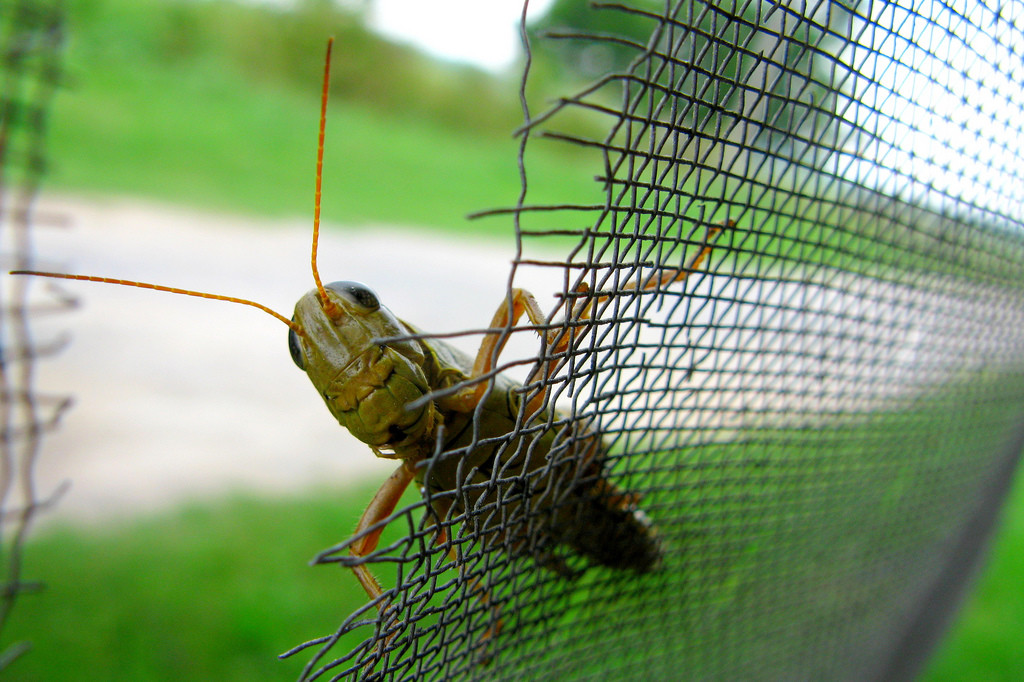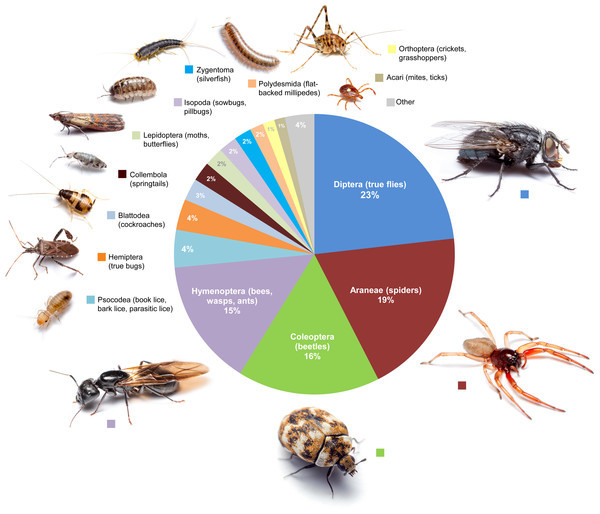
It is surprising how little we know about the biodiversity of urban environments, and even more so, how little we know about biodiversity in homes. Until now we believed that, after years of insecticides and chemical products, it was relatively limited, but a recent study has brought to light that, although it doesn’t even cross our minds, every day we live with more than twelve different species of insects in our own houses.
Although it is still limited, the first census of typical household critters, in its most conservative estimate, yields between 32 and 211 morphospecies, and between 24 and 128 families of arthropods per house. A real outrage no matter where we look at it. I don’t even want to imagine the meetings of the neighborhood community if the insects were given to talk.
Indeed, the study by Bertone et al. (2016) has been carried out in a group of houses in North Carolina, so we should not expect the proportions to be the same (these are directly related to the environmental setting). But, while we wait for someone to repeat the study in other countries and latitudes, it does help us to understand a little better the immense world that lives quietly under our world.

According to the census results, with 23%, flies and mosquitoes appear as the most common arthropods in the fifty houses studied. It cannot be said that it is a surprise. They are followed by spiders (19%), beetles (16%), Hymenoptera – ants, bees, wasps, etc… – (15%), lice (4%), Hemiptera – aphids, cicadas or bedbugs – (4 %).
Interestingly, of the 93 species identified by the study, very few of them were what we normally consider pests (cockroaches, fleas, or bedbugs). “We find ourselves with a relative scarcity of typical household pests,” say the authors. In other words, most insects go unnoticed. The most likely option is that most of these species have co-evolved with us and we live in intense symbiosis.
On this subject, precisely, we know very little. Our desire to exterminate bugs is, in general, unjustified: we neither know the possible benefits nor do we know the possible disadvantages of living with more than a dozen arthropods regularly. Nor do we know the impact, the potential, and the consequences that this has for architecture and urban design. What is clear is that “biodiversity in urban landscapes is much richer than we thought.”

Sharlene Meriel is an avid gamer with a knack for technology. He has been writing about the latest technologies for the past 5 years. His contribution in technology journalism has been noteworthy. He is also a day trader with interest in the Forex market.











